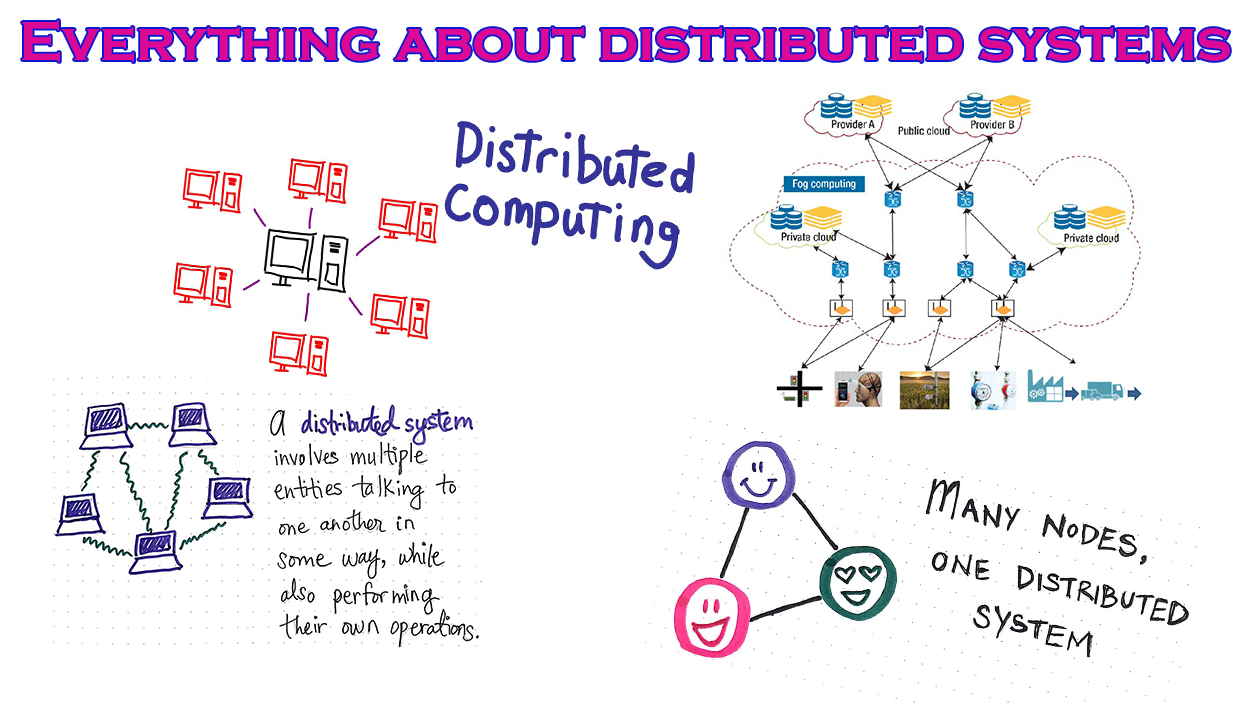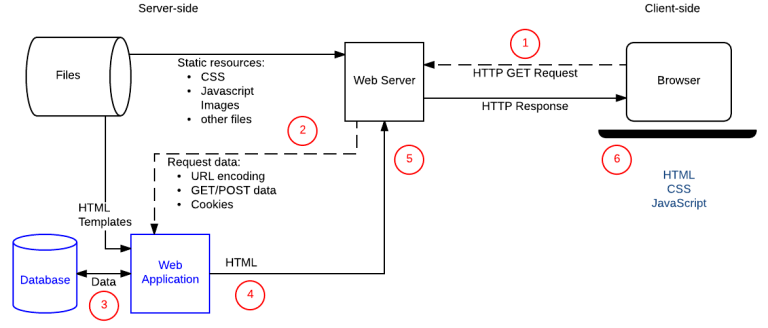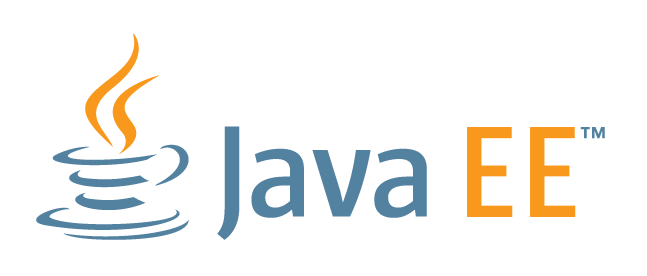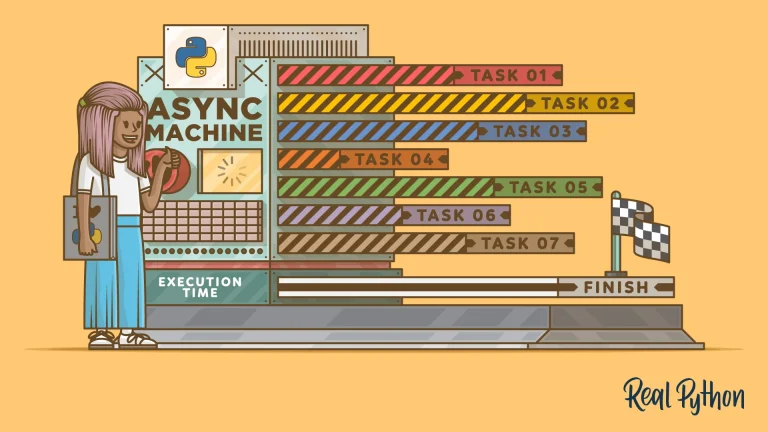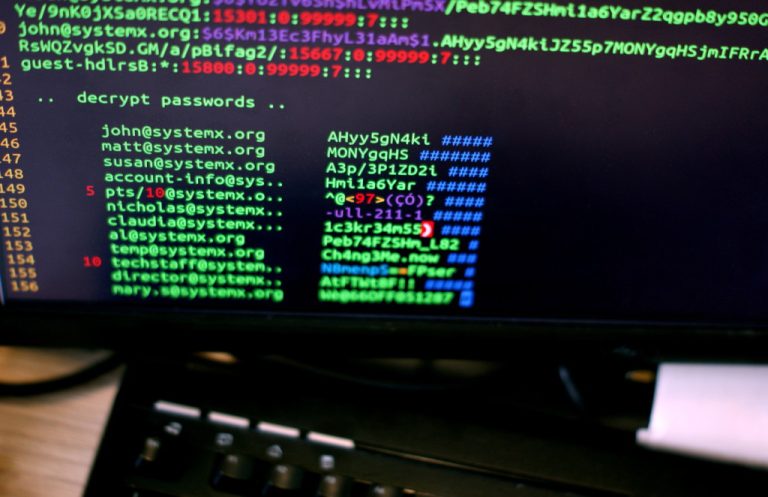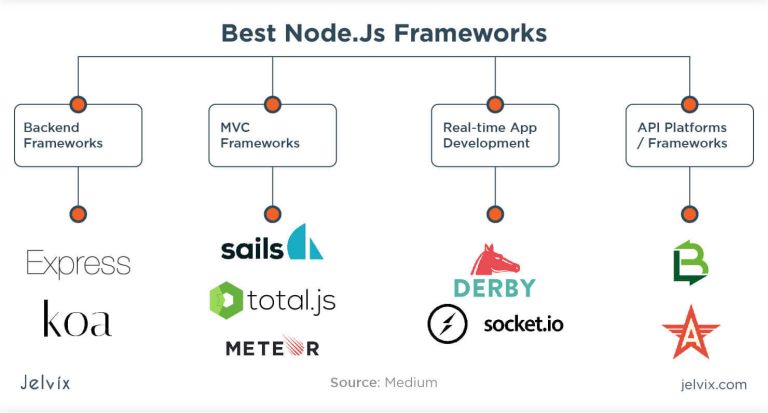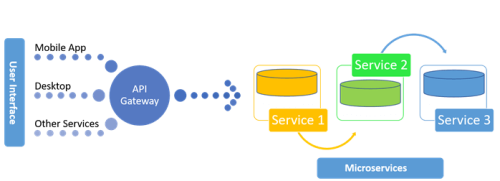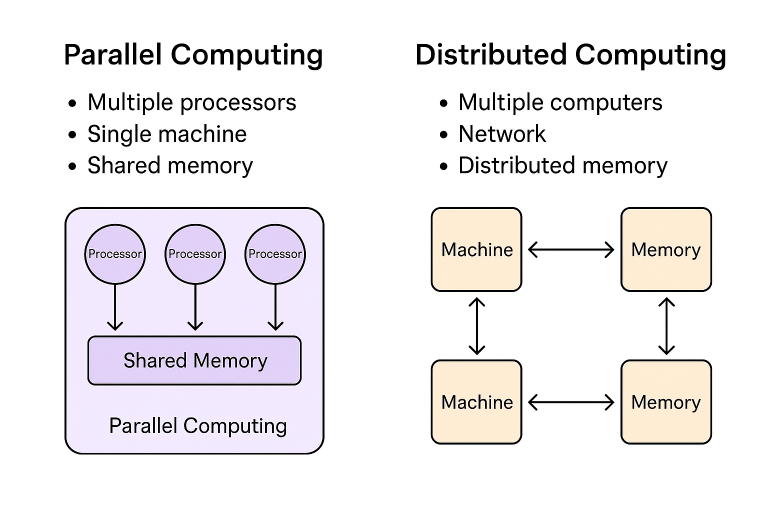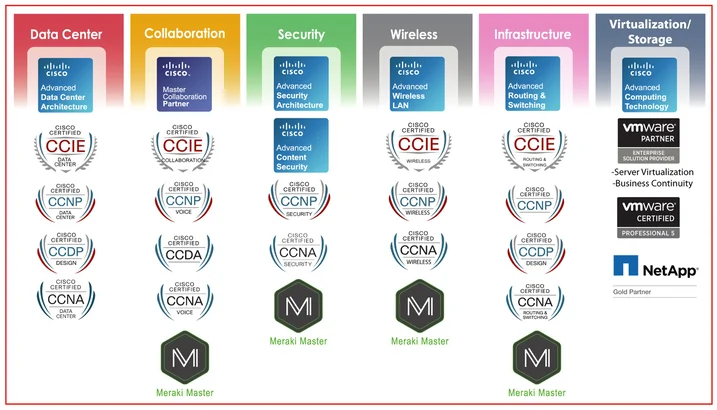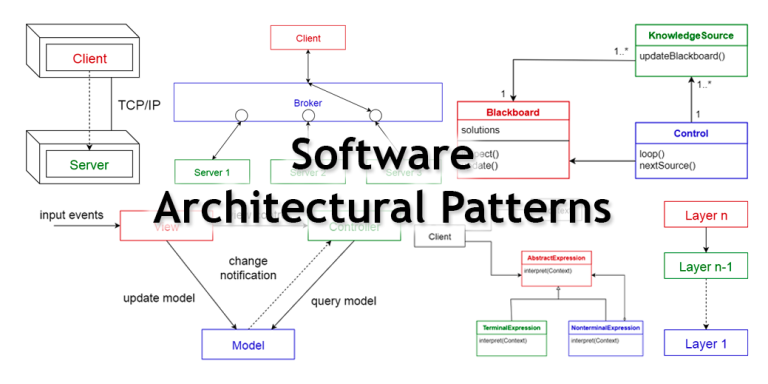Distributed systems are the backbone of modern, scalable applications, allowing them to handle large workloads and ensure high availability. Python, with its versatility and extensive libraries, serves as a robust tool for building distributed systems. In this article, we’ll explore the principles of distributed systems and provide practical code examples using Python.
1. Introduction to Distributed Systems:
A distributed system is a collection of independent computers that work together to achieve a common goal. Key characteristics include scalability, fault tolerance, and the ability to handle concurrent users or tasks.
2. Python Libraries for Distributed Systems:
- Celery: A distributed task queue system for handling asynchronous and distributed tasks.
- Pyro4: A library for building distributed systems using Python’s Remote Procedure Call (RPC) capabilities.
- Dask: A parallel computing library that integrates with Python and is designed for analytics.
- Apache Kafka: While Kafka is written in Java, Python clients like
confluent_kafkaallow Python applications to interact with Kafka.
3. Sample Code: Asynchronous Task Execution with Celery:
# Install Celery
# pip install celery
# celery_app.py
from celery import Celery
# Create a Celery instance
app = Celery('tasks', broker='pyamqp://guest@localhost//', backend='rpc://')
# Define a Celery task
@app.task
def add(x, y):
return x + y# task_executor.py
from celery_app import add
# Execute the Celery task
result = add.delay(4, 6)
# Wait for the result
print(f"Task result: {result.get()}")This code demonstrates a simple Celery setup where the add function is executed asynchronously, allowing for distributed task execution.
4. Building a Distributed System with Pyro4:
# Install Pyro4
# pip install Pyro4
# server.py
import Pyro4
@Pyro4.expose
class DistributedSystem:
def process_data(self, data):
# Processing logic
return f"Processed data: {data}"
daemon = Pyro4.Daemon()
uri = daemon.register(DistributedSystem)
print(f"URI: {uri}")
daemon.requestLoop()# client.py
import Pyro4
uri = "PYRO:obj_1234@localhost:9090"
distributed_system = Pyro4.Proxy(uri)
result = distributed_system.process_data("Input Data")
print(result)In this example, Pyro4 is used to create a simple distributed system. The DistributedSystem class is exposed, and a client can invoke its methods remotely.
5. Parallel Computing with Dask:
# Install Dask
# pip install dask
import dask
from dask import delayed
@delayed
def square(x):
return x * x
data = [1, 2, 3, 4, 5]
# Parallelize square function
squared_data = [square(x) for x in data]
# Compute results
result = dask.compute(*squared_data)
print(result)Dask enables parallel computing by allowing the definition of delayed functions that are computed in parallel when needed. This example squares a list of numbers using parallel processing.
6. Using Apache Kafka for Message Brokering:
# Install confluent_kafka
# pip install confluent_kafka
from confluent_kafka import Producer
# Configure Kafka producer
producer = Producer({'bootstrap.servers': 'localhost:9092'})
# Produce a message to the 'test' topic
producer.produce('test', key='key', value='Hello, Kafka!')
# Flush the producer to ensure the message is sent
producer.flush()This code demonstrates producing a message to a Kafka topic using the confluent_kafka library, allowing Python applications to interact with Kafka.
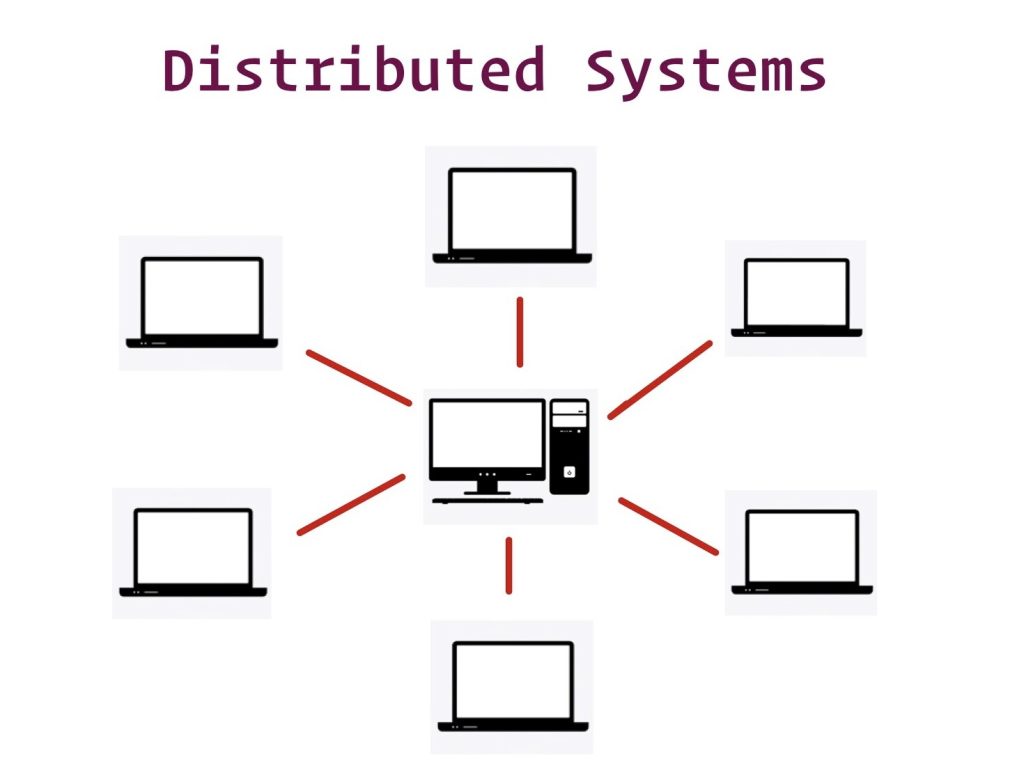
7. Conclusion:
Building distributed systems with Python opens the door to scalable, fault-tolerant applications. Whether leveraging Celery for asynchronous

